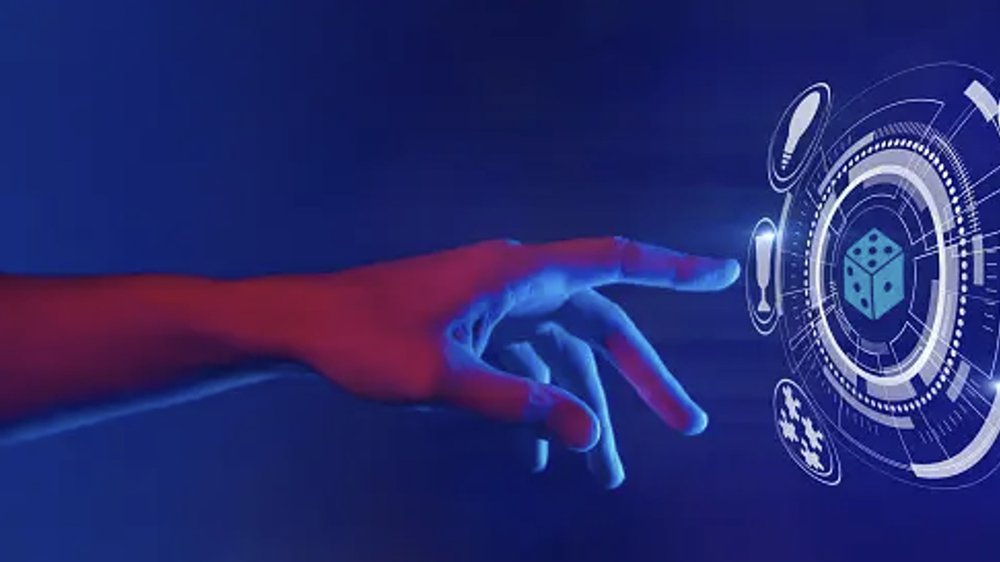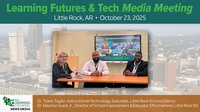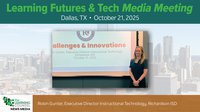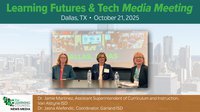When the term “gamification” comes up in the context of education, it is usually introduced as a way to improve student engagement and motivation. Given the dismal state of student engagement in schoolwork, maybe that by itself would be enough. But research has documented a variety of other benefits, including developing persistence and resilience, honing problem-solving skills, building creativity, and much more.
Gamification is defined in Wikipedia as “the application of game-design elements and game principles in non-game contexts.” Game-design elements include points or badges, characters, and specific goals. Game principles include levels that get progressively more challenging, a storyline, and rules.
It may seem like a simple matter to apply gamification in education, by incorporating well-documented game-design elements and principles. We might start with points. Oh dear, we already do that with points on homework assignments. How about badges? Well, grades are essentially badges…. Characters? Well, there we have students and teachers. Specific goals? Of course, pass the test. Levels that get progressively more challenging? Isn’t being promoted from 6th to 7th grade really a form of “leveling up?” You get the idea.
What much of gamification in education to date ignores is one fundamental characteristic of games as a medium for learning. I call it the “no one dies” principle. (Someone will undoubtedly challenge this, but if someone can die, I think the activity had best be classified as a sport or real life (and death.)) One nearly universal element of games is that you try and try again, and you always get another chance. And that also implies that you fail and fail again. In fact, as Joey Lee and Jessica Hammer of Teacher’s College Columbia University have written, “Because games involve repeated experimentation, they also involve repeated failure. In fact, for many games, the only way to learn how to play the game is to fail at it repeatedly, learning something each time.”
Indeed, gamification is, in important measure, about learning by failing. The concept of learning through failure is also at the heart of the concept of “Growth Mindset,” a term coined by and extensively researched by Dr. Carol Dweck at Stanford. The research shows that individuals with a growth mindset – that is, who believe that intelligence and talent can be developed – do better than those who think that talent is innate and that intelligence doesn’t change much. Individuals with a growth mindset treat mistakes and failures as opportunities for learning and growth, rather than as badges of shame. They understand that failure is a necessary and integral process of learning.
We use the term “badge of shame” intentionally. Unfortunately, the badges awarded in traditional educational settings – like grades – are not symbols of growth or mastery – but summative labels that stay with a student. He is an A student. She is a C student. They are Rhodes Scholars. We are learning disabled.
One of the reasons that games are so effective in fostering learning, as well as developing a growth mindset, is that trial and error, mistakes and “do-overs” happen in an environment of low stakes, where the focus is on improving skills, acquiring tools and knowledge, and interacting with collaborators and support systems. In traditional education, the gateway to leveling up is often a high-stakes exam, performed in isolation and not experienced by the student as a chance to learn and get closer to mastery.
One of the criticisms we sometimes hear of gamification in education is that it will train students to work hard only when they get a reward. In fact, marketers have done a great job of training us as a society to expect a reward for doing something we would do without a reward (think about rewards points or airline miles or 50-cent-off coupons). Not only is this often a waste of time, energy and value, it can actually backfire. For example, when kindergarten-age children who enjoy drawing and engage in drawing spontaneously start to be rewarded for drawing a picture, they will stop drawing when no longer rewarded. These findings come from the research of Mark Lepper and others.
Here again, we need to focus on the reasons for gamification. It is not to get students to do things they otherwise wouldn’t be interested in doing (which would be a bribe). It is to reinforce students’ progress towards mastery of something they understand and care about achieving. If there is no clear relevance to the purpose of the learning, we want them to engage in, it is like offering me $1 off on peanut butter (I don’t like peanut butter at any price). Rewards make sense as part of growth mindset activities, as long as they are part of recognizing attainment of high levels of mastery rather than bribes.
The connection to growth mindset became very apparent in a conversation some of the students had later in the year when working on a group project. It was a difficult project and the students were struggling. One of them said, “we just can’t do this. I don’t think we’ll ever figure it out.” Another student thought a moment and said, “No. Remember when we were doing BrainWare and we didn’t think we’d ever pass a level, but we kept at it and succeeded?” The students kept at that tough project… and succeeded. It’s time to get more students to play growth mindset games so they can fail repeatedly and then learn!
For other ways to help students develop a growth mindset, check out our webinar on Fostering a Growth Mindset in Your Students and Yourself.
About the authors

Betsy Hill is President of BrainWare Learning Company, a company that builds learning capacity through the practical application of neuroscience, helping parents unlock their child’s learning potential. She is an experienced educator and has studied the connection between neuroscience and education with Dr. Patricia Wolfe (author of Brain Matters) and other experts. She is a former chair of the board of trustees at Chicago State University and teaches strategic thinking in the MBA program at Lake Forest Graduate School of Management where she received a Contribution to Learning Excellence Award. She received a Nepris Trailblazer Award for sharing her knowledge, skills and passion for the neuroscience of learning in classrooms around the country. She holds a Master of Arts in Teaching and an MBA from Northwestern University. Betsy is co-author of the new book, “Your Child Learns Differently, Now What?”

Roger Stark is Co-founder and CEO of the BrainWare Learning Company. Over the past decade, he championed efforts to bring the science of learning, comprehensive cognitive literacy skills training and cognitive assessment, within reach of every person, and it all started with one very basic question: What do we know about the brain? From that initial question, Roger Stark pioneered the effort to build an effective and affordable cognitive literacy skills training tool, based on over 50 years of trial and error through clinical collaboration. He also led the team that developed BrainWare SAFARI, which has become the most researched comprehensive, integrated cognitive literacy training tool delivered online anywhere in the world. For more, follow BrainWare Learning on Twitter @BrainWareSafari. Roger is co-author of the new book, “Your Child Learns Differently, Now What?”











